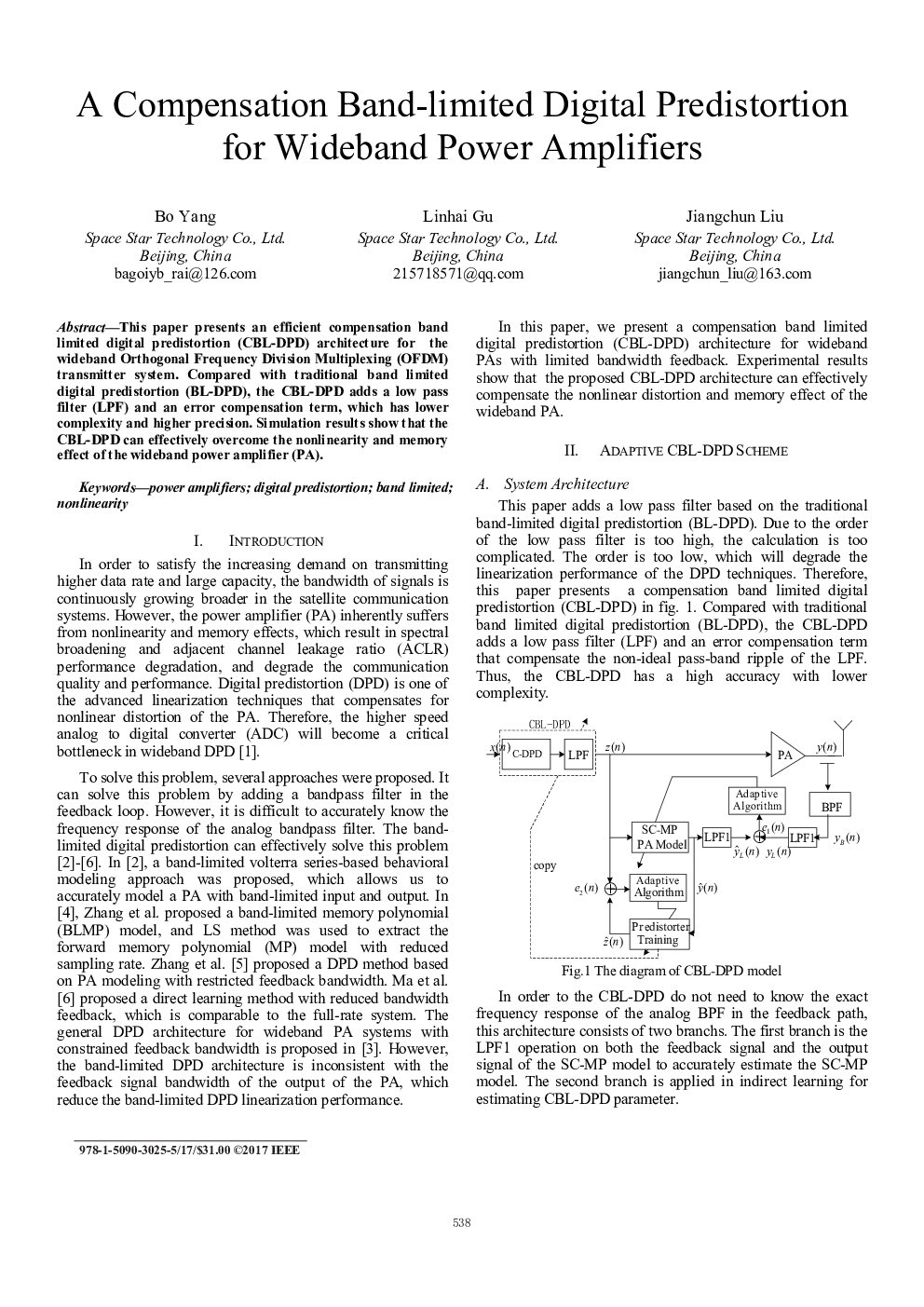| Article ID | Journal | Published Year | Pages | File Type |
|---|---|---|---|---|
| 4968636 | Transportation Research Part C: Emerging Technologies | 2017 | 5 Pages |
Abstract
A separate left-turn phase wastes the capacity of intersection, because all the lanes on the approach are not fully utilized during either the left-turn or through green phase. Under the phase swap sorting strategy (Xuan, 2011), different types of movements can be reorganized by a pre-signal so that all the lanes in the sorting area can be used to discharge vehicles during their green phases. Thus the capacity is improved significantly. In fact, when a pre-signal is installed upstream of the intersection signal (also named main signal), the two signals will have a great impact on not only the capacity, but other traffic performances, such as delays, queue formations, maximum queue length, residual queue, and spillback, etc., which are very important performance factors for the design and application of the phase swap sorting strategy. In order to more fully quantify and characterize the performance of the phase swap sorting strategy, a three-dimensional Markov queueing model is presented. Two levels of performance evaluation indices are formulated using the matrix analytic techniques. All these indices can be used to establish a more comprehensive analytical framework to evaluate the use of the phase swap sorting strategy. Model validation shows that the proposed model can provide a reliable performance analysis for the phase swap sorting strategy under various different conditions. In addition, in order to intuitively illustrate the effects of various factors on the performance of the phase swap sorting strategy, a series of numerical experiments is conducted.
Related Topics
Physical Sciences and Engineering
Computer Science
Computer Science Applications
Authors
Qiaoli Yang, Zhongke Shi,
